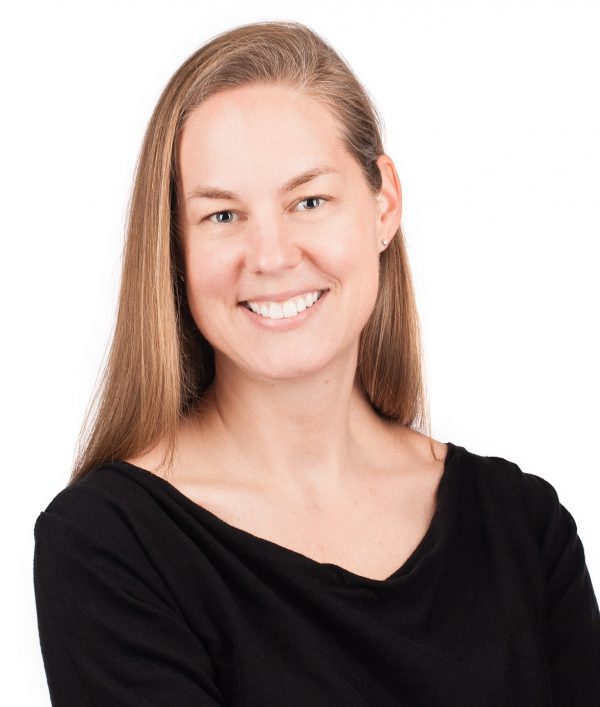I’m a Holy Fire II Karuna Reiki Master/Teacher
The awareness that an unseen energy flows through all living things and directly affects the quality of a person’s health has been a part of the wisdom of many cultures since ancient times. This life energy goes by many names: qi in China, Ki in Japan and prana in India. Science refers to it as biofield energy.
When your life energy is low, it is more difficult to deal with stress; you may not sleep well, and you’re more susceptible to illness. When your life energy is strong, you feel strong, can more easily deal with stress and are less likely to get sick. Reiki is a technique that increases a person’s supply of life energy or Ki.
What is a Reiki session like?
Reiki is administered through the hands of a Reiki practitioner with the client lying fully clothed on a massage table. A session usually lasts around 45 minutes. The Reiki practitioner places their hands at locations around the head and shoulders, the abdomen, and on the legs and feet. Tissue is not manipulated. The practitioner’s hands are simply held at each location, lightly touching or slightly away from the body. Reiki energy flows from the practitioner’s hands into the client’s body and energy field. A Reiki session can result in feelings of relaxation, peace and well-being.
Use in Hospitals
Reiki is becoming increasingly popular with the medical community, with over 800 hospitals across the US offering Reiki as a standard part of hospital care. A research study at Hartford Hospital in Hartford Connecticut indicates that Reiki improved patient sleep by 86%, decreased pain by 78%, decreased nausea by 80% and decreased anxiety during pregnancy by 94%. In addition, nurses report that Reiki helps patients heal faster with less pain, decreases stress, and improves mental attitude, improves appetite and decreases negative side effects of chemotherapy, radiation and other medical procedures.
 I started my postsecondary career at the University of Guelph where I studied Environmental Engineering. I wanted to heal the world. Let’s just say it wasn’t what I thought it was. However, it was here during a required microbiology class that I discovered my fascination with life and the functioning of the body. I thought about pursuing conventional medicine but I never felt I was healthier for having taken a medication. Read more.
I started my postsecondary career at the University of Guelph where I studied Environmental Engineering. I wanted to heal the world. Let’s just say it wasn’t what I thought it was. However, it was here during a required microbiology class that I discovered my fascination with life and the functioning of the body. I thought about pursuing conventional medicine but I never felt I was healthier for having taken a medication. Read more.